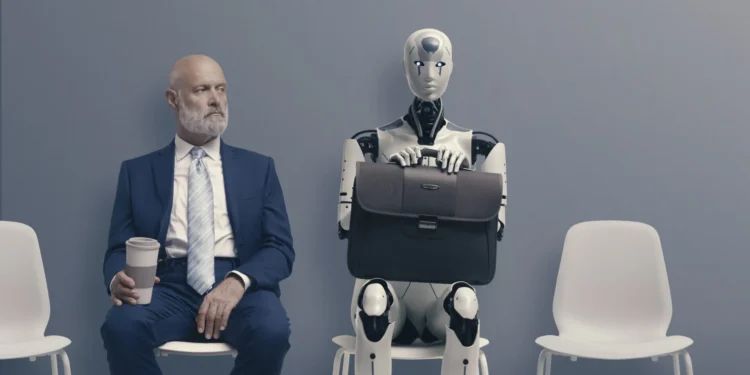In the heart of Sacramento, a revolutionary conference titled “Making Tech Work for Workers” convened a diverse group of over 200 union members, technologists, and advocates. This gathering marked a pivotal moment for labour in California, spotlighting the profound anxieties and actions stirred among workers by the rapid integration of artificial intelligence (AI) and surveillance technology into their workplaces.
The event, hosted by the University of California labour centres and various unions, saw representatives from an array of professions including dock workers, home care providers, teachers, and more. Their mission? To deliberate strategies against the technological advancements threatening their jobs and privacy.
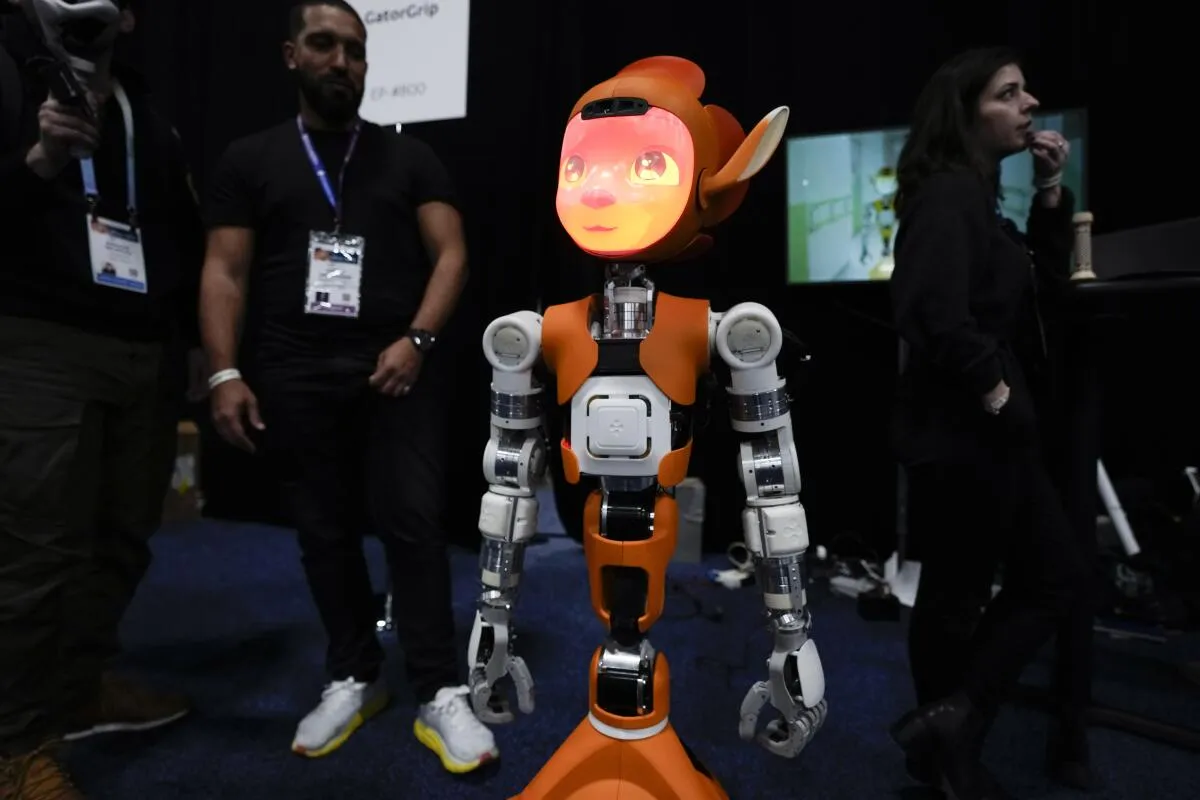
Unveiling the Tech Threat: AI in the Spotlight
As artificial intelligence becomes ubiquitous across industries, its impact on job security and workplace privacy has become a major concern. The fervour surrounding AI isn’t just limited to those in tech; it’s a widespread worry that’s stirring action from the ground up.
From fears of AI-driven automation replacing cashiers to algorithms dictating the pace and monitoring of work, the implications are immense. Luis, an Amazon worker, voiced his distress over the invasive surveillance he endured at work, which escalated to physical and mental health issues. Despite Amazon spokesman Steve Kelly’s assurances that employees can manage their work pace and take necessary breaks, the reality, as expressed by workers like Luis, paints a starkly different picture.
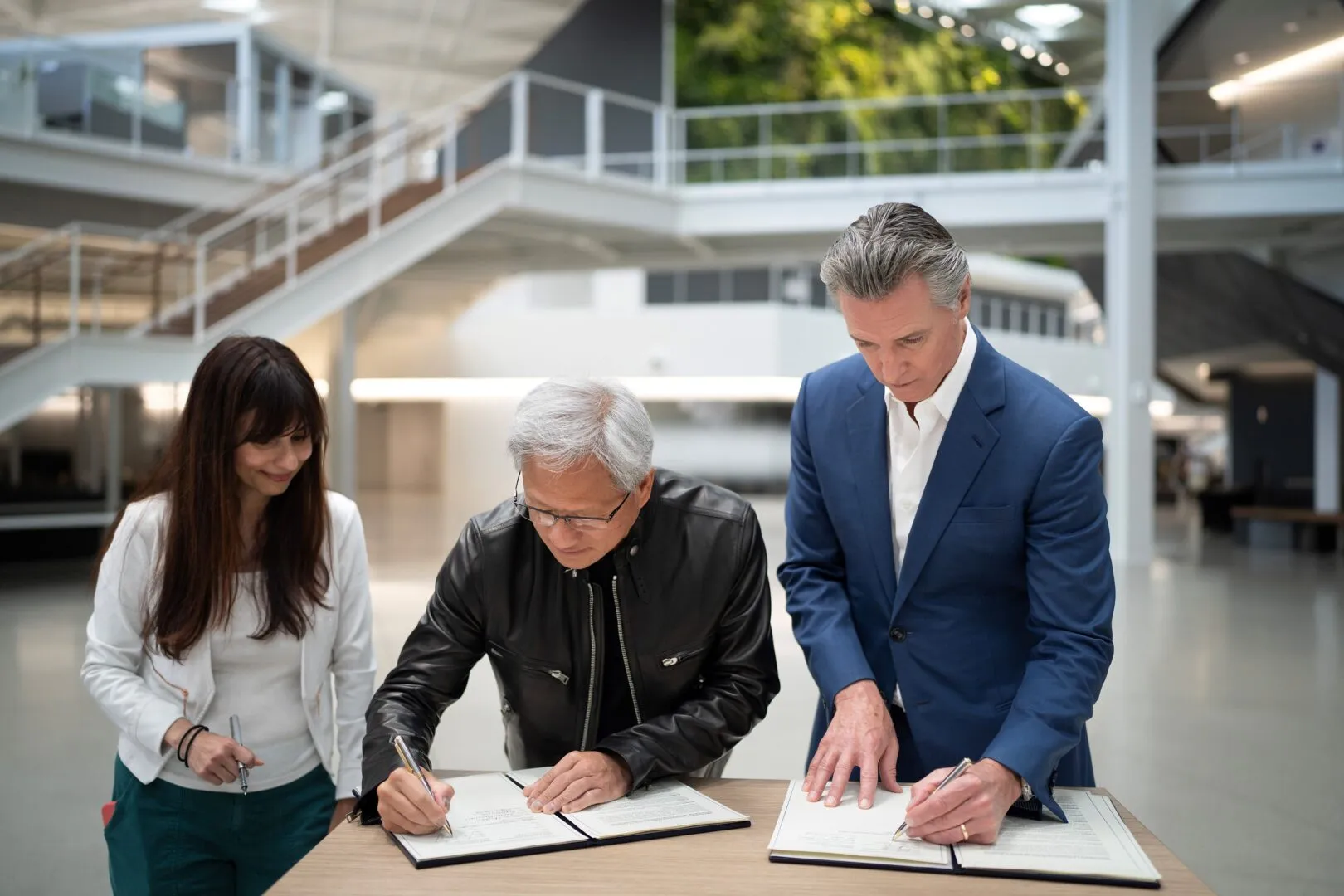
California’s Political Arena and Worker Advocacy
The timing of the conference coincides with significant political shifts and upcoming legislative deadlines in California. With President-elect Donald Trump’s unclear stance on tech and worker rights, and his anticipated regulatory rollbacks, the urgency for proactive labor measures is palpable.
Union leaders are not just fighting against current conditions but are also proactively seeking to influence future legislation. Noteworthy efforts include pushing for laws that mandate transparency about AI usage in hiring and workplace monitoring. The goal is clear: ensure that workers are not merely subjects to AI’s implications but active participants in shaping its integration into their environments.
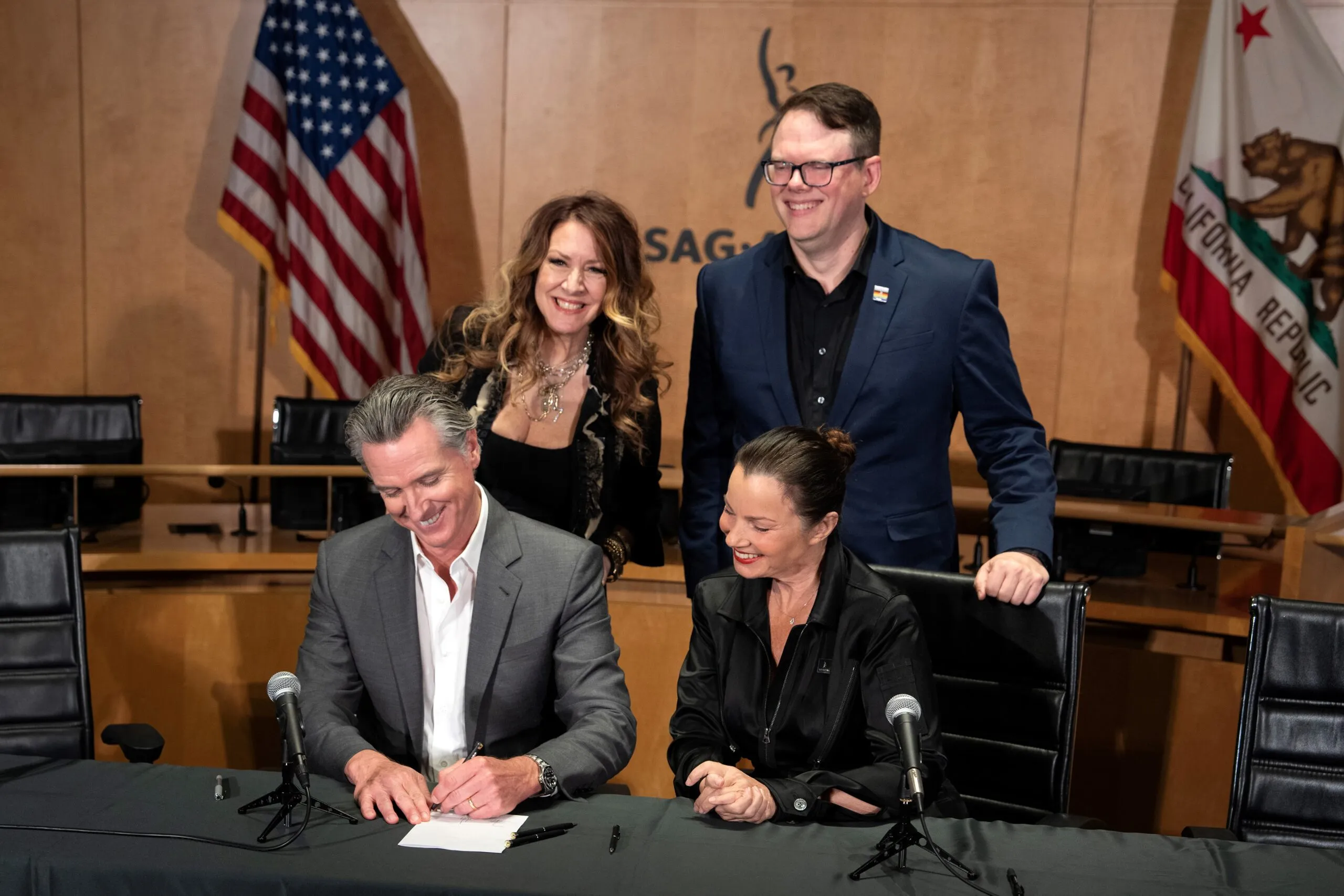
The Battle Ahead: Automation and Union Strategies
The stakes are high as unions like the United Food and Commercial Workers and the National Nurses Union gear up for significant contract negotiations. These discussions are set to centre heavily on the role of AI and automation—be it in self-checkout kiosks or AI-driven tools that could skew healthcare priorities.
AFL-CIO Tech Institute’s Amanda Ballantyne emphasized the importance of including AI in collective bargaining. “We’re up against the biggest corporate interests you can imagine, and unity is where our power comes from,” she stated, underscoring the necessity of a united front in labour’s struggle against tech imposition.
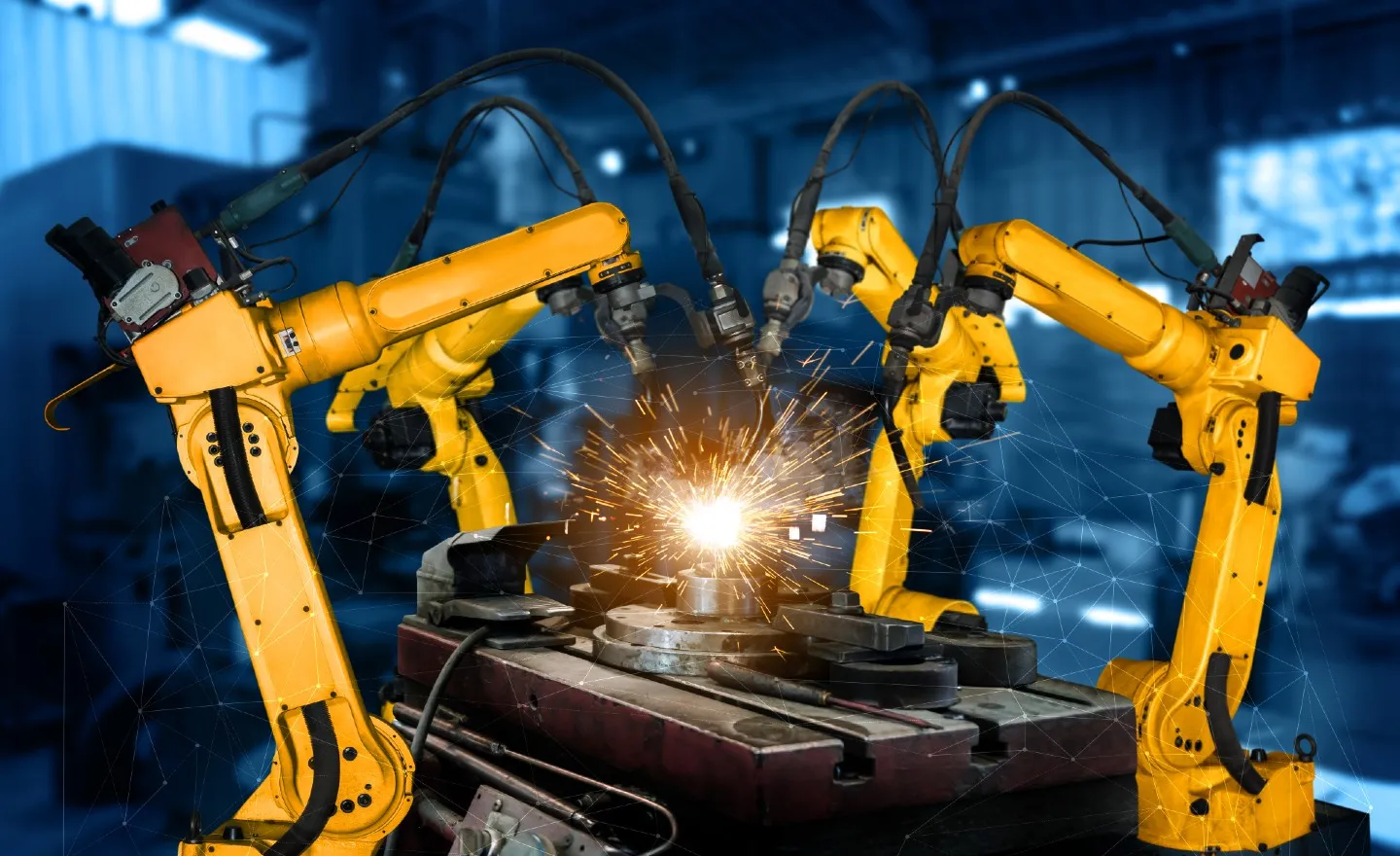
Surveillance and Safeguards: An Ongoing Concern
The pervasive surveillance that accompanies many AI technologies continues to be a top concern. California Labor Federation president Lorena Gonzalez highlighted efforts to legislate protections against invasive monitoring practices. With new rules still under negotiation, the push for robust safeguards remains a critical frontier in the battle for worker privacy and dignity.
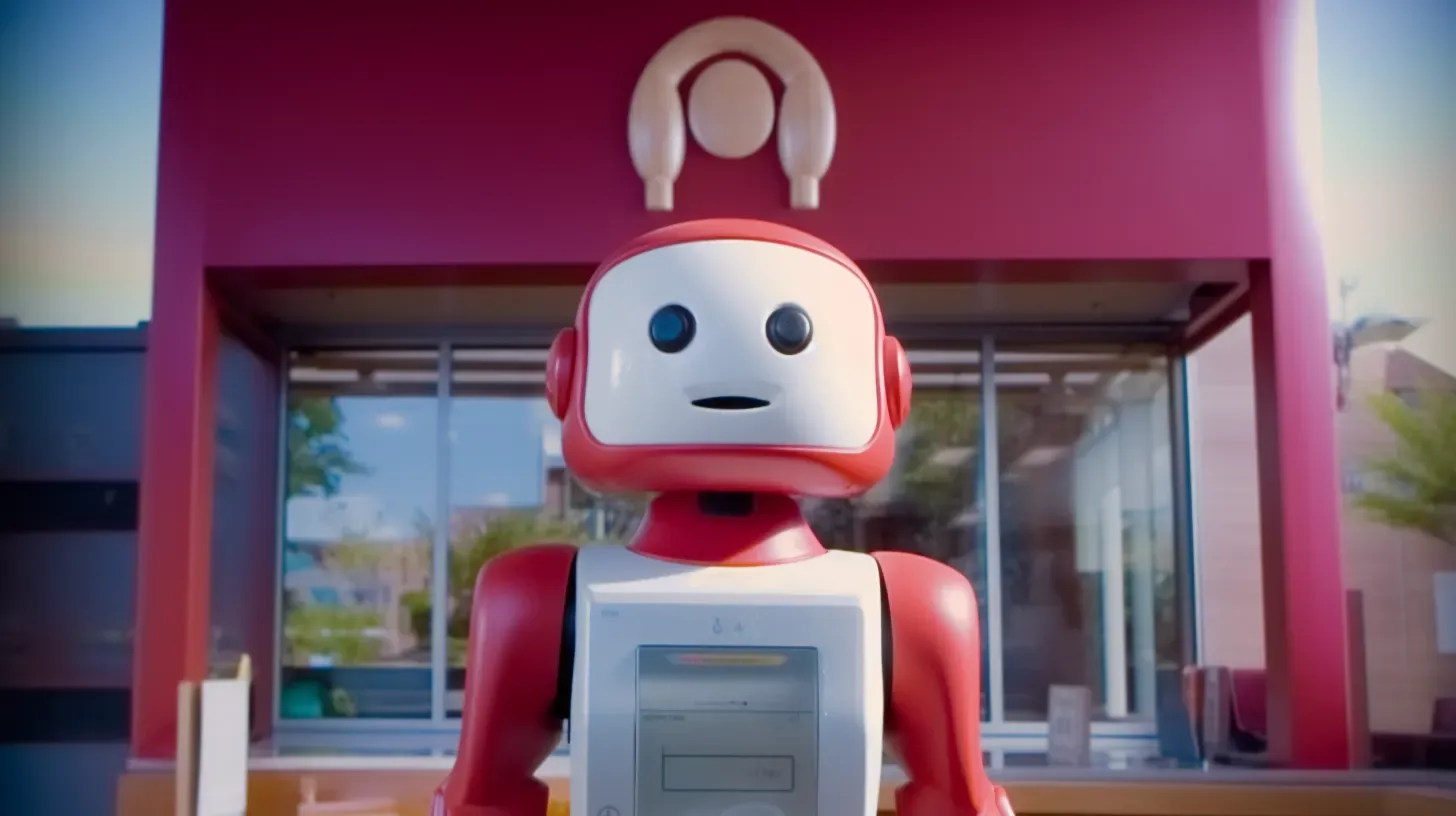
As AI continues to advance, the challenges it poses to labour are met with a burgeoning movement ready to contest its unchecked proliferation. The Sacramento conference has not only spotlighted the concerns but also catalyzed a robust dialogue aimed at ensuring tech serves the workforce justly and equitably. This event may well be remembered as a critical turning point in the fight for a balanced power dynamic between technology and the human labour it impacts.

